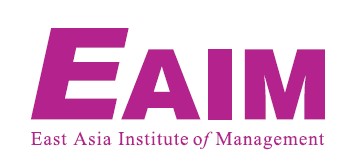Imagine a workplace where individual talents don’t just coexist but blend harmoniously to create something far greater than the sum of their parts. In today’s fast-paced business world, it’s this synergy that fuels innovation and resilience. By combining the unique skills and perspectives of individual team members, organizations can achieve exceptional results that surpass individual contributions. This collaborative force boosts productivity and sparks creativity and fortitude, driving companies toward sustainable success.
Understanding Team Synergy
Team synergy goes beyond simple cooperation, it harnesses the collective strengths and creativity of a group to achieve remarkable results. High-synergy teams are more productive, innovative, and resilient. High-performing teams are more likely to achieve above-average profitability and more likely to excel in their performance.
Key Components of Effective Team Synergy
Clear Goals and Roles: Successful teams clearly define their objectives and understand each member’s role, aligning efforts and minimizing conflicts.
Open Communication: Effective communication is essential for synergy. Teams that communicate openly can share ideas freely and address issues promptly. According to McKinsey, when respondents felt that their organizations had communicated the desired outcomes for the digital solution before its launch, they were 3.5 times more likely to report a successful transformation compared to others.
Trust and Collaboration: Trust within the team fosters collaboration, encouraging members to share ideas and take risks. A report in Harvard Business Review states that trust within teams can boost productivity by up to 50%.
Diversity and Inclusion: Diverse teams bring various perspectives and solutions, leading to more innovative outcomes.
Building Team Synergy
Organizations can foster team synergy through the following strategies:
Team Building Activities: Regular activities strengthen relationships and improve collaboration, focusing on communication, trust, and mutual understanding.
Leadership Development: Effective leaders inspire and guide teams toward synergy. Leadership training programs are beneficial.
Feedback and Reflection: Continuous feedback and reflection help identify improvement areas and reinforce positive behaviors. According to Gallup, employees who received feedback on their strengths had turnover rates that were 14.9% lower compared to those who did not receive any feedback.
Conclusion
Team synergy is a powerful driver of organizational success. By fostering an environment where collaboration, communication, and trust thrive, organizations can harness the collective potential of their teams to achieve extraordinary results. Investing in team-building initiatives and promoting a culture of inclusivity and open communication are essential steps toward creating synergistic teams.
For more insights on cultivating team synergy and practical strategies, visit EAIM’s Team Synergy Workshop.

